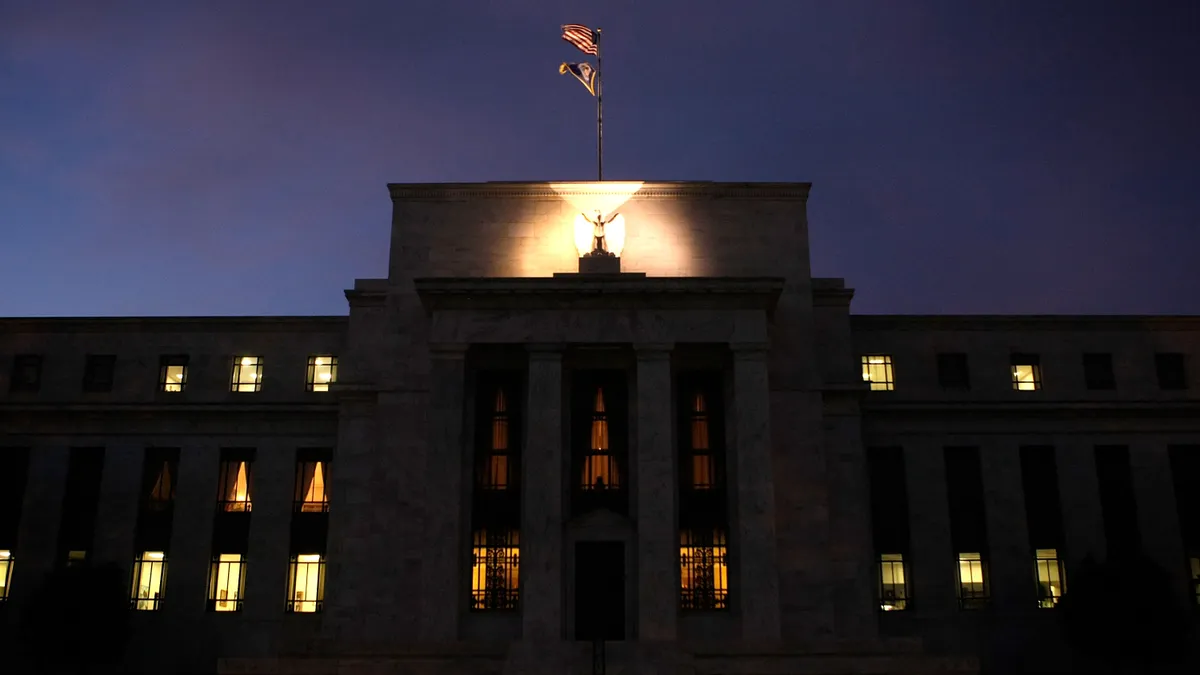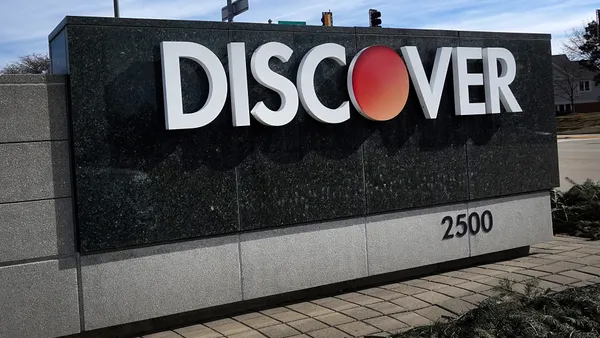Dive Brief:
- Continuing to enhance their transfer services, Nacha and the ACH operators — The Federal Reserve and The Clearing House — have launched “late night” ACH services, enabling the delivery of ACH files to receiving financial firms in the ACH Network by 11:30 p.m. ET on business days, according to a Monday press release.
- In the first seven weeks since they began testing the service in mid-September, Nacha estimates less than 10 million ACH payments were delivered in the new files each day, on average, between Monday and Thursday, but the average volume jumped to more than 50 million ACH payments on Friday evenings, the release stated.
- “These additional file deliveries will aid financial institutions in having a more accurate picture of their clients’ upcoming ACH activity, allowing them more flexibility in processing future transactions,” Jason Carone, The Clearing House’s senior vice president of ACH/EPN product management, said in the statement. “This is a great step forward, and reinforces the power of the modern ACH network.”
Dive Insight:
The new late-night service accelerates the delivery of automated clearing house (ACH) payments that would otherwise not arrive until the next business-day morning, according to the release from Nacha, formerly known as the National Automated Clearing House Association.
“For example, a receiving institution could show by Saturday morning pending credits and debits to a customer’s account that are received on Friday night, allowing the customer to have better knowledge of what their account balance will be at the opening of business on Monday morning,” the release explained.
The late night files do not include the same-day ACH payments because they’re completed earlier in the day. The service does not change ACH settlement times or receiving institutions’ processing rules.
The late night initiative comes as Nacha sees an uptick in overall transaction volume. In February, Nacha said its transaction volume rose 8.7% to 29.1 billion transactions, and its transaction value rose 17.4% to $72.6 trillion.
Before introducing late night services, The Federal Reserve and the Clearing House worked together to let financial services firms transfer more funds. In March, the two began allowing same-day money transfers of as much as $1 million, up from the $100,000 limit in March 2020. Both entities decided to raise the same-day transfer limit to serve financial institutions and companies seeking to send more electronic fund transfers, as part of an effort to meet demand that emerged during the COVID-19 pandemic.
Banks have also been using The Clearing House’s real-time payment system, the RTP Network, to speed up their transactions. In August, U.S. Bank announced that it is using the RTP Network for faster auto loans. The bank began testing out the service in June and used the service to loan funds to more than 800 auto dealers.
Meanwhile, the Federal Reserve is also gearing up to roll out real-time payments in the U.S., mirroring a move that other central banks have already provided. In August, the Fed said it planned to introduce real-time payments in mid-2023.










